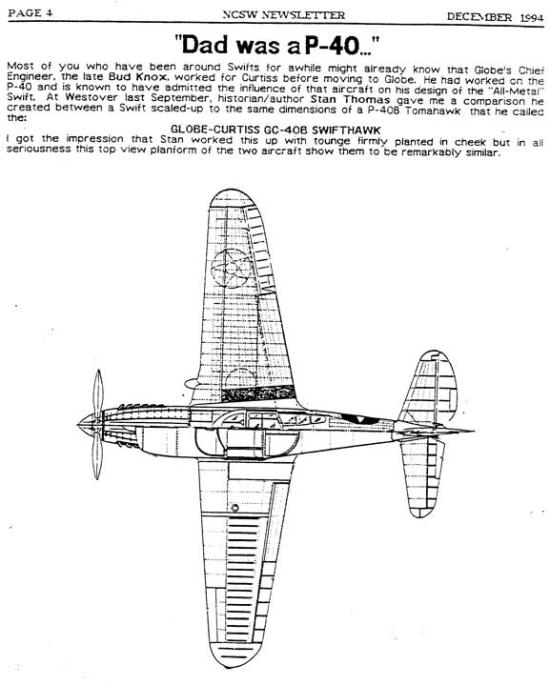trafficinsight
Well-Known Member
Leaning for a 20-50 RPM rise (at 1000 RPM) is pretty standard at my school. I tend to lean really aggressively, and when I've been running the mixture I've never experienced a fouled plug. I've had 2 or 3 foul when students forgot to lean.
:yeahthat:
Question for the other guy-how exactly does leaning in taxi damage an engine? You are not producing anywhere near enough power to damage the engine, no matter what the mixture setting is. Unless you habitually taxi at 85% power. Watch the CHTs-they will stay well cool of any danger zone no matter how you lean on taxi.
Why don't you lean to peak EGT in flight? It's the same on ground, with less cooling airflow. Again, I think it'd have to be a hot day and long ground run, followed by a long climb to altitude to do any damage, and that's if you lean way more than the 1" that's on all those checklists.
Fouled plugs from ground running 99% of the time are carbon fouled and can be burned off during the runup. Lead fouled plugs can't be burned off no matter how hard you lean. Once the lead is on the plug it's not going anywhere.
Also, If you lean and see a 50 rpm rise then your idle mixture is set too rich anyway, when shutting the engine down if you pull the mixture knob out slowly you should see a 25 rpm rise, followed by a drop to idle cutoff. I'd hazard a guess and say that there are a lot of airplanes out there where this is not the case.
I think I may have only had a fouled plug once that wouldn't burn off, and that was after power on and power off landings at a NIFA event. I never lean on the ground. The 152's foul sometimes but they do pattern work all day with the mixture full rich... so I clean the lower plugs at the 50 hour, haven't had one come back for a fouled plug since I started doing that.
If I don't aggressively lean during taxi in my Swift (HIO-360 engine), I can guarantee I will see more than a 150rpm drop on a mag check. Without leaning the mixture, my fowl will be fouled.
Your Swift has an HIO-360? is that a conversion or something?

